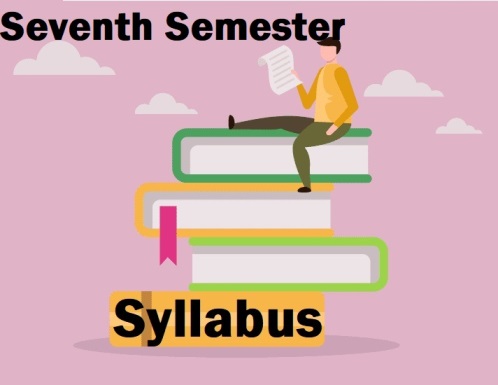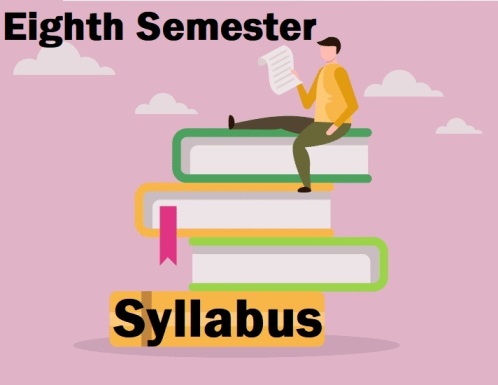Syllabus Seventh Semester Wireless Communication EC7005
The concepts developed in this course will aid in quantification of several concepts in chemistry that have been introduced at the 10+2 levels in schools. Technology is being increasingly based on the electronic, atomic and molecular level modifications, Syllabus Sixth Semester Wireless Communication EC7005 is given here.
Quantum theory is more than 100 years old and to understand phenomena at nanometer levels, one has to base the description of all chemical processes at molecular levels. The course will enable the student to:
- Analyse microscopic chemistry in terms of atomic and molecular orbitals and intermolecular forces.
- Rationalise bulk properties and processes using thermodynamic considerations.
- Distinguish the ranges of the electromagnetic spectrum used for exciting different molecular energy levels in various spectroscopic techniques
- Rationalise periodic properties such as ionization potential, electronegativity, oxidation states and electronegativity.
- List major chemical reactions that are used in the synthesis of molecules.
EC 7005 – Wireless Communication
Transceivers and signal processing: Structure of a wireless communication link: transceiver block structure, simplified models. Modulation formats, demodulator structure, error probability in AWGN channels, error probability in flat-fading channels, error probability in delay and frequency-dispersive fading channels.
Diversity: Introduction, microdiversity, macrodiversity and simulcast, combination of signals, error probability in fading channels with diversity reception, transmit diversity. Equalizers: Introduction, linear equalizers, decision feedback equalizers, maximum likelihood sequence estimation (Viterbi detector), comparison of equalizer structures, fractional spaced equalizers, blind equalizers.
Books Recommended
1. Molisch: Wireless Communications, Wiley India.
2. Taub and Schilling: Principles of Communication Systems, TMH.
3. Haykin: Mordern Wireless Communication, Pearson Education.
4. Upena Dalal: Wireless Communication, Oxford University Press.
5. Rappaport: Wireless Communication, Pearson Education.
6. Price: Wireless Communication and Networks, TMH.
7. Palanivelu and Nakkereeran : Wireless and Mobile Communication, PHI Learning.
8. Chidambara Nathan: Wireless Communication, PHI Learning.


